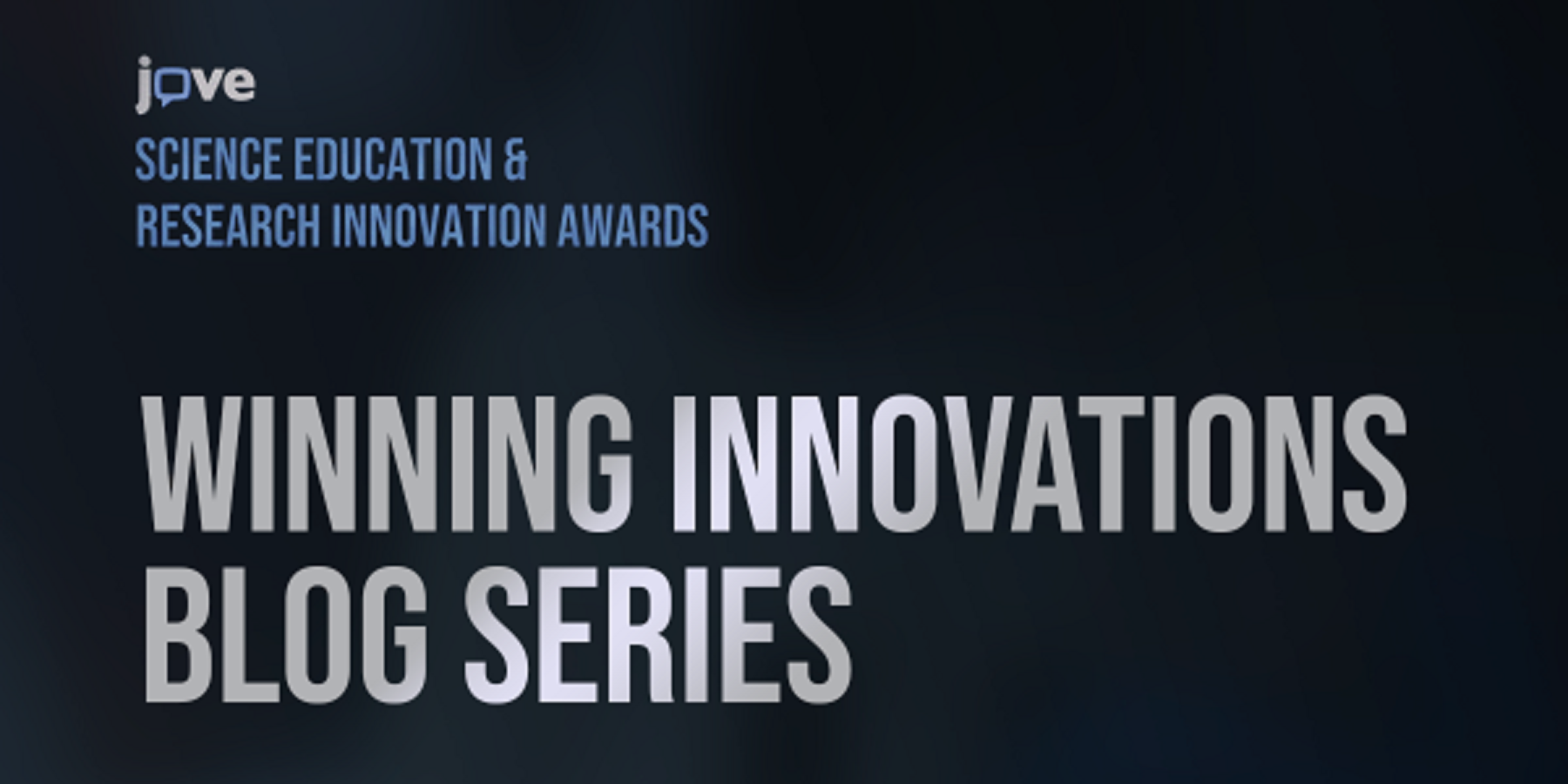The 2021 JoVE Science Education and Research Innovation awards have paved the way for a series of blog posts highlighting how science educators, researchers, and librarians worldwide have used visual resources to support their remote efforts. We hope these blog posts will help find practical answers to the questions imposed while juggling online or hybrid formats.
This blog post highlights the 2021 JoVE Innovation in Instruction award-winning entry by Dr Glenn Hurst, Associate Professor at the University of York in the United Kingdom. In his winning entry, Dr Hurst describes how he established an integrated systems thinking approach through utilizing social media to enhance the contextualization of course content in the real world via sharing images and videos (by both instructors and students) to demonstrate fundamental techniques.
Modern university learning is complex, requiring multi-modal thinking and an ability to synthesize and apply diverse knowledge and skills that will equip students to achieve within their university programs and succeed in their endeavors after university. Dr Hurst says he has seen students struggle with challenges associated with this and in response, he developed a particular educational approach based on a systems-thinking theoretical framework. That lets students learn the relevance of holistic systems, recognize the interconnection of dynamic systems components, and promote a lateral understanding of the subject.
Students could act as partners through this new approach and develop the skills to address complex global issues by working more interdisciplinary and systematic (critical components of 21st-century employability). This framework was implemented in multiple contexts (within natural sciences and green chemistry), delivering to different audiences using a range of innovative teaching methodologies (including the creative use of visual media and integration with social media platforms during COVID-19).
He suggests using student-centric approaches to enhance engagement, provide contextualization with everyday applications taking a systems-based approach and provide students a glimpse into life as a researcher.
“Following this successful intervention, I wanted to take a more student-centered approach to empower students themselves to teach science concepts and experiments with real impact. Post-pandemic, I hope these creative strategies for teaching science are maintained. When done in conjunction with students as partners, they elicit significant benefits such as an opportunity to develop their skills (e.g., communication, digital literacy) and their employability prospects. I am excited by the potential of using augmented and virtual reality technologies as a tool to support practical teaching and visualization.”, says Dr Hurst.
Want to know more about how Dr Hurst used social media and other visual media resources to engage and empower students to teach chemistry in new and exciting ways? Request a full recording of our webinar session “Actively engaging digitally native students with social media.”

